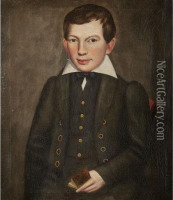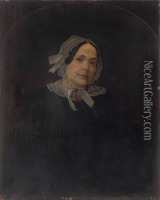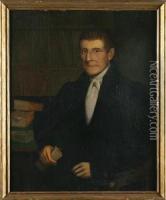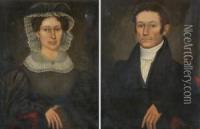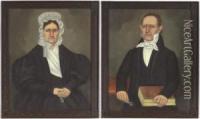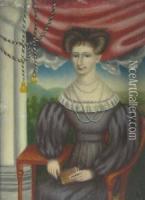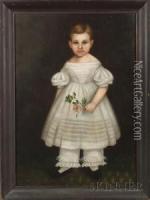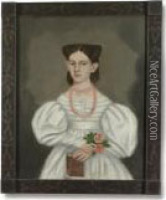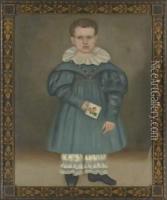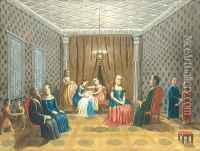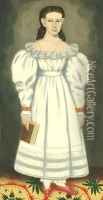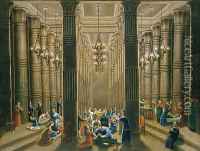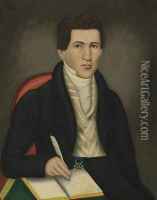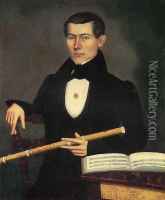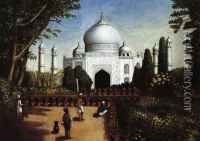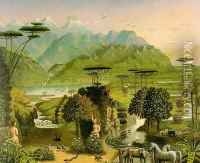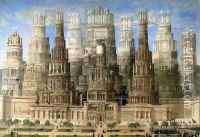Erastus Salisbury Field Paintings
Erastus Salisbury Field was an American painter known for his portraits and historical scenes. Born on May 19, 1805, in Leverett, Massachusetts, Field showed an early interest in art. He began his formal training with Samuel F.B. Morse at the National Academy of Design in New York City. Morse, who is more famously known as the inventor of the Morse code, was also a prominent artist of his time.
Field returned to Massachusetts after his studies and began a career as an itinerant portrait artist. During the 1830s, he traveled across New England, painting portraits of middle-class patrons in a style that was influenced by the then-popular folk art movement. His work from this period is characterized by straightforward, unembellished portrayals, often with flat areas of color and lacking in detailed backgrounds.
As photography began to replace painted portraits in the mid-19th century, Field adapted by expanding his subject matter to include historical and biblical scenes, as well as landscapes. He developed a more ambitious style, incorporating romantic and sometimes whimsical elements into his paintings. One of his most famous works is 'The Historical Monument of the American Republic,' an elaborate allegorical painting that reflects his interest in national history and utopian ideals.
Despite his prolific output, Field did not achieve significant fame during his lifetime, and it wasn't until the 20th century that his work was rediscovered and appreciated for its unique contribution to American art history. Field's paintings are now recognized for their naive charm and are considered precursors to the folk art revival that would emerge decades later.
Erastus Salisbury Field continued to paint until his death on June 28, 1900, in Sunderland, Massachusetts. His work is held in various museum collections, including the Metropolitan Museum of Art in New York and the Smithsonian American Art Museum in Washington, D.C.

